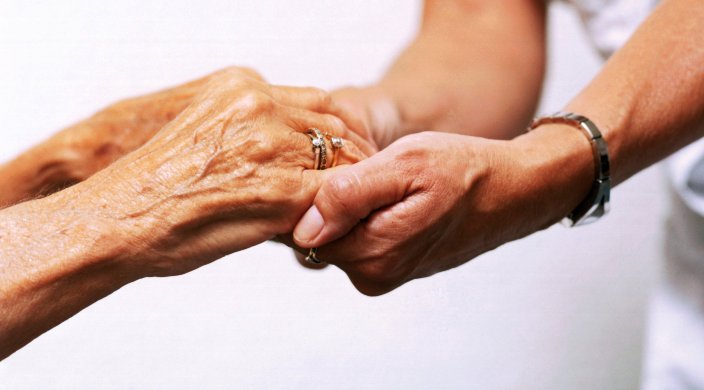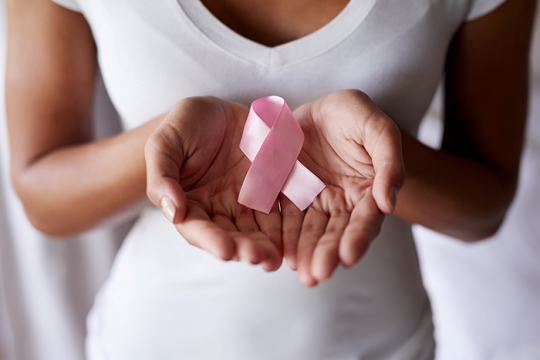
May is Mental Health Month, a time when we consider ways to prevent and treat mental illness – including the agonizing scourge of depression that can result in suicide. It is also the month when the Jewish holiday of Shavuot occurs and we read the Book of Ruth, which tells of Naomi, a widow at midlife so despondent and hopeless that she tells her daughter-in-law Ruth to call her Marah, the Hebrew word for “bitterness,” rather than her actual name, which means “pleasantness.”
The New York Times published an article citing a dramatic increase in suicide among Baby Boomers. In seeking cause, many experts point to financial reversal, loneliness, unemployment/underemployment, and loss of hope that the security, freedom, and self-actualization expected by this group in the second half of life have, for so many, simply not materialized. It was not so long ago that in speaking of the aging baby boomer cohort, many named them likely to be the first generation to have the leisure, financial resources, and health to explore new horizons, offer their skills as respected volunteers and consultants, and develop new hobbies and satisfying relationships. In short, boomers were expected to be more free, fulfilled, healthy, and satisfied than others in midlife before them.
But life has a way of throwing curveballs. Unforeseen was an economic crisis with long-ranging consequences that caused many to lose savings, position, and confidence. The parents and children of this generation were also seriously affected, and they turned to the boomers in their lives to provide care and sustenance – thereby further compromising the resources, freedom, and even the health of many members of this group. Far from being free to travel or return to school, many found themselves working longer hours, serving as caretakers, and feeling undervalued rather than sought out for their wisdom.
Dreams shattered, sense of security shaken, trust in the future waning, feeling helpless to aid oneself or loved ones, loss of role and meaning: All of these play their role in depression and the desperation that can lead to suicide. Biological vulnerability surely plays a part as well – and when vulnerability and life setbacks coincide, a dangerous and agonizing illness of the psyche, soul, and body can set in. The baby boomers will not, apparently, be the first generation to escape these risks and heartaches.
Shavuot offers us a powerful glimpse at how others in our tradition and history faced unimaginable and unremitting losses – and were sometimes helped to prevail, even. There are powerful lessons for us within the story of Naomi and her daughter-in-law Ruth.
Naomi is thrust from a time of security and fulfillment – a husband, sons, daughters-in-law, and a life of steadiness, which she dared to expect to continue – into a time of agony. When her sons and her husband die, Naomi is left her only with daughters-in-law, without children in a land far from her home. She expresses her absolute despair and her conviction that her daughters-in-law should leave her, that because she is barren and empty, she has nothing for herself and still less to offer to others.
But Ruth refuses to leave Naomi. Ruth promises fidelity to her mother-in-law and God and doesn’t try to convince Naomi of a life of fulfillment and joy still to be had; she simply stays with her. In so doing, Ruth conveys that Naomi has worth and that neither she nor her pain is too burdensome. Later, in Bethlehem, Naomi helps Ruth to find favor with her kinsman, Boaz, whom Ruth ultimately marries. The child she later gives birth to is, amazingly, acclaimed as her mother-in-law’s – and Naomi is seen as restored to a life with love, purpose and continuity.
What message is this for us as we walk beside someone in midlife, despairing and bitter over losses – or if we are the one walking alone, feeling like a burden to those who accompany us? Like Naomi, we baby boomers may not be living the future we believed in or were led to expect. We may, like Naomi, fall ill with depression, which is worsened by the isolation we seem to crave, as we send away those whom we feel would be burdened by our presence. But even in a time when it seems there are no roadmaps out of the pain, returning to community – and being embraced within new forms of family and intergenerational connection – can indeed lead us to a place of reduced pain, renewed life, and a reason to go on.
Modern-day culture, both secular and religious, needs to draw adults at midlife back into meaningful connection at the center of family and communal life, rather than applauding those who neither depend upon others nor seek to be part of their lives. In our time, we are all – boomers, youth, those at midlife, and those in old age – bombarded with messages that maturity requires not burdening one another. We’re taught that dignity and success are measured by our bearing pain and loneliness alone and seeking fulfillment only in adventurous, competitive pursuits. But community matters – and so a significant step in ameliorating one of the root causes and triggers of serious depression is lauding the creation of functioning, admirable, and even non-traditional families and communities, made up of multiple generations, to share in joys and sorrows together.
Our salvation comes, clinically and spiritually, when we find ways not to leave one another alone on paths of pain – and when we find ways to welcome others into the warmth of really belonging to families and communities.
Related Posts

The Holy Act of Caring for our Bodies: The Importance of Breast Cancer Testing Early and Often

